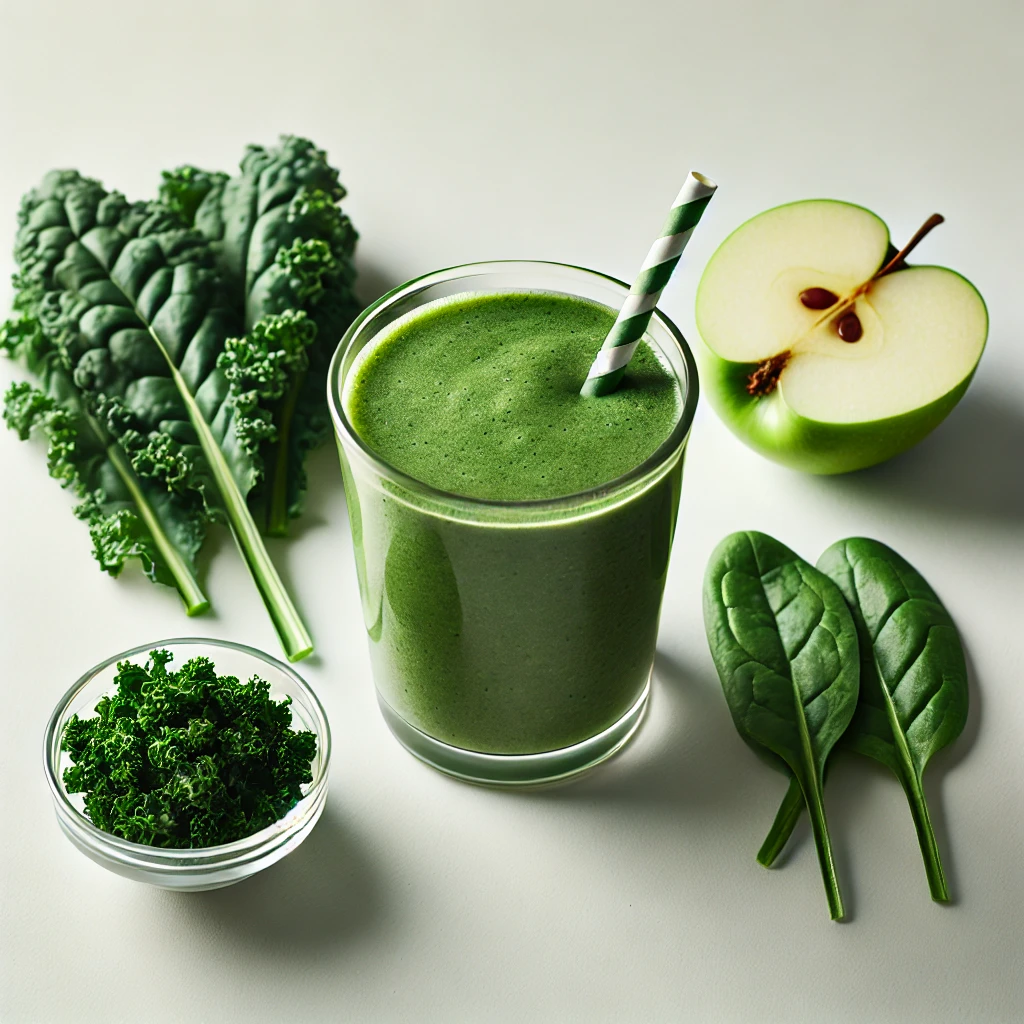Green smoothies are often praised for their nutritional benefits and are a staple for many health-conscious individuals. However, there is a dark side to green smoothies that many people are unaware of. While they are packed with vitamins and minerals, regular consumption of green smoothies can pose hidden health risks. In this article, we will explore the potential dangers and hidden drawbacks of drinking green smoothies frequently.
The Green Smoothie Myth: Are They Always Healthy?
Green smoothies have been marketed as a quick and easy way to get your daily dose of leafy greens and vegetables. However, despite their positive reputation, these beverages can pose risks when consumed in excess. According to several studies, the dark side of green smoothies is rooted in the ingredients we commonly add, such as cruciferous vegetables, raw spinach, and fruit sugars. These can lead to health complications if consumed frequently without moderation.
For example, certain compounds in raw spinach and kale, such as oxalates and goitrogens, can interfere with your body’s normal functions. For more details on how other juices can support balanced health, check out this guide on healthy green juice recipes.
Heavy Metals in Cruciferous Vegetables
Cruciferous vegetables like kale, broccoli, and cabbage are staples in green smoothies. However, these vegetables can absorb harmful heavy metals like thallium from the soil. Thallium, a byproduct of industrial activities, can accumulate in your body over time if consumed in large quantities. Symptoms of thallium toxicity include:
- Nausea
- Stomach pain
- Hair loss
- Peripheral neuropathy (nerve damage)
If you regularly consume green smoothies packed with these vegetables, it may be time to reconsider your ingredient choices. Opting for organic vegetables can reduce your exposure to harmful metals. For more insights into juicing for health, explore the article on what not to put in a green juice.
Goitrogens and Thyroid Health
Another hidden risk in green smoothies is the presence of goitrogens. Goitrogens are naturally occurring compounds in cruciferous vegetables that interfere with iodine absorption in the thyroid gland. A lack of iodine can lead to an underactive thyroid, or hypothyroidism, which manifests as fatigue, weight gain, and hormonal imbalances.
Cooking cruciferous vegetables can neutralize goitrogens, but when consumed raw, as in green smoothies, these compounds remain active and can negatively affect your thyroid. Balancing your intake of raw and cooked vegetables is key to preventing thyroid issues. You can find more tips on maintaining balanced, healthy meals in this healthy breakfast guide.
Oxalates and Kidney Stone Risk
Oxalates are another concern for green smoothie lovers. These plant-based compounds, found in high concentrations in spinach, beets, and other greens, can contribute to the formation of kidney stones when consumed in excess. A single cup of raw spinach can contain over 600 mg of oxalates, far exceeding the recommended daily intake of 250 mg.
To reduce your risk, consider rotating low-oxalate greens like mustard greens, watercress, or lettuce in your smoothies. This variation helps lower your oxalate intake and ensures you get a wider range of nutrients without overloading on harmful compounds.
Nutrient Overload and Imbalances
While green smoothies are often consumed for their high nutrient content, it’s important to remember that too much of a good thing can be harmful. For example, large amounts of vitamin K, which is abundant in kale, can interfere with medications like blood thinners. Similarly, too much vitamin A from sources like carrots can lead to toxicity if consumed in excessive amounts over time.
Instead of relying on green smoothies as your primary source of nutrients, balance your diet with a variety of fruits, vegetables, and other whole foods. If you’re looking for more balanced meal ideas, check out this article on filling, healthy breakfasts.
Fiber Loss in Blended Vegetables
When vegetables are blended into smoothies, the fiber they contain is broken down, reducing its ability to help regulate digestion and blood sugar levels. The rapid release of sugars from fruits and vegetables in smoothies can lead to blood sugar spikes, which over time may contribute to insulin resistance.
To mitigate this, consider incorporating more whole fruits and vegetables into your diet rather than relying solely on smoothies. Whole foods maintain their fiber content, allowing your body to process the nutrients more effectively.
FAQs
Is it bad to drink green smoothies every day?
Drinking green smoothies daily can expose you to compounds like oxalates and goitrogens, which may affect kidney and thyroid health. Moderation and rotating your ingredients can help mitigate these risks.
Can green smoothies cause kidney stones?
Yes, green smoothies high in oxalates, such as those containing spinach and beets, can contribute to kidney stone formation, particularly in individuals prone to kidney issues.
Are green smoothies bad for your thyroid?
Green smoothies containing raw cruciferous vegetables, like kale and broccoli, can interfere with thyroid function by limiting iodine uptake. Cooking these vegetables can reduce this risk.
How can I make my green smoothie healthier?
You can make your green smoothie healthier by rotating low-oxalate greens, using organic vegetables to reduce heavy metal exposure, and balancing the blend with whole fruits and fiber-rich vegetables.
By understanding the dark side of green smoothies, you can enjoy these beverages in moderation while avoiding potential health risks. Rotate your greens, opt for low-oxalate options, and consider cooking some of your ingredients to reduce harmful compounds. For more insights on maintaining a balanced diet and healthy meal ideas, check out Foodtira’s guides on healthy green juice recipes and filling, healthy breakfasts.



